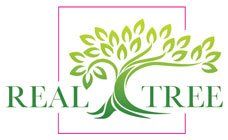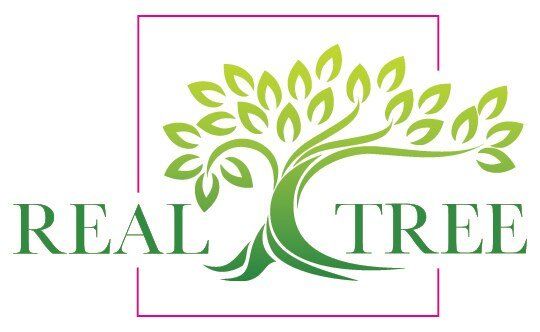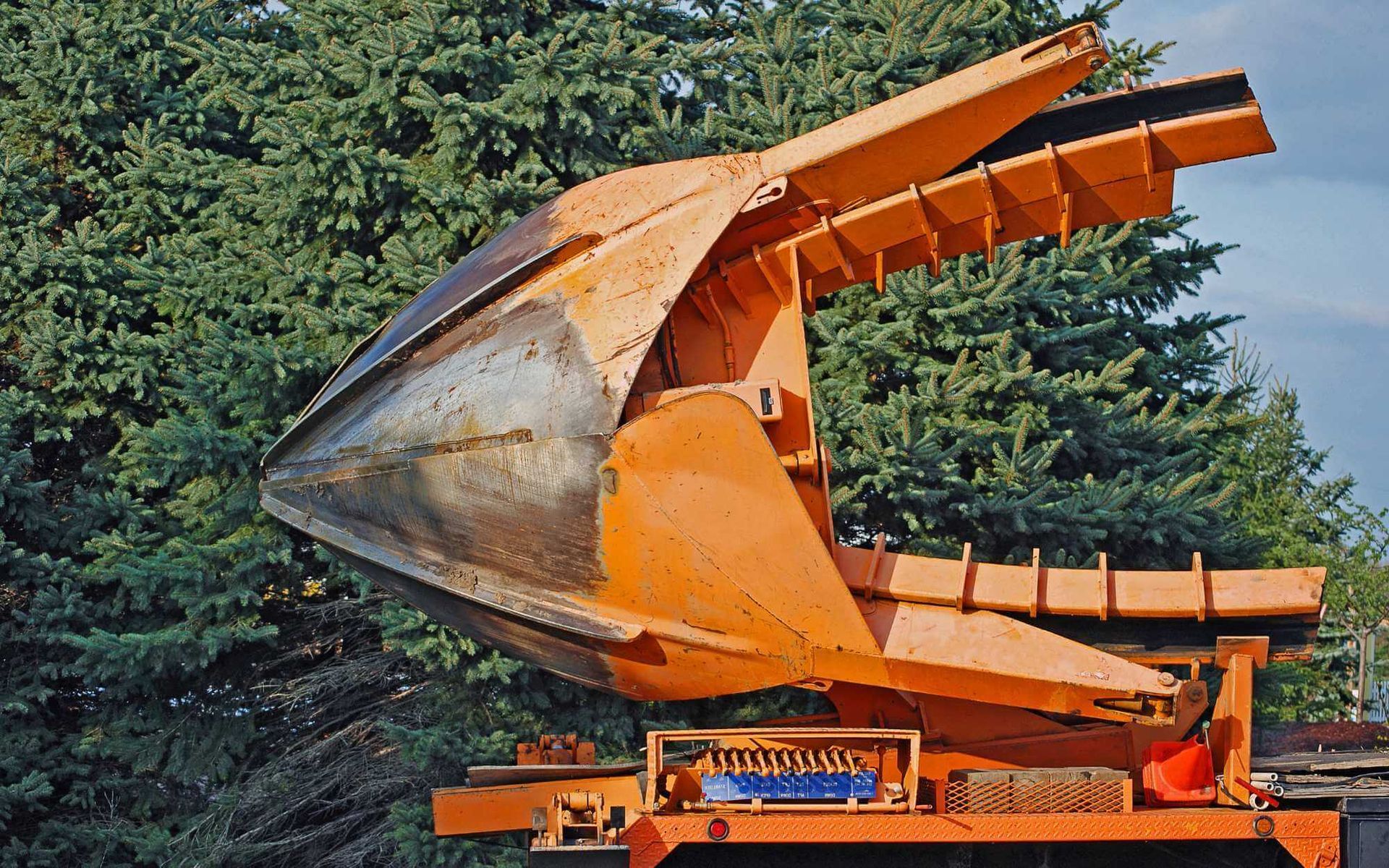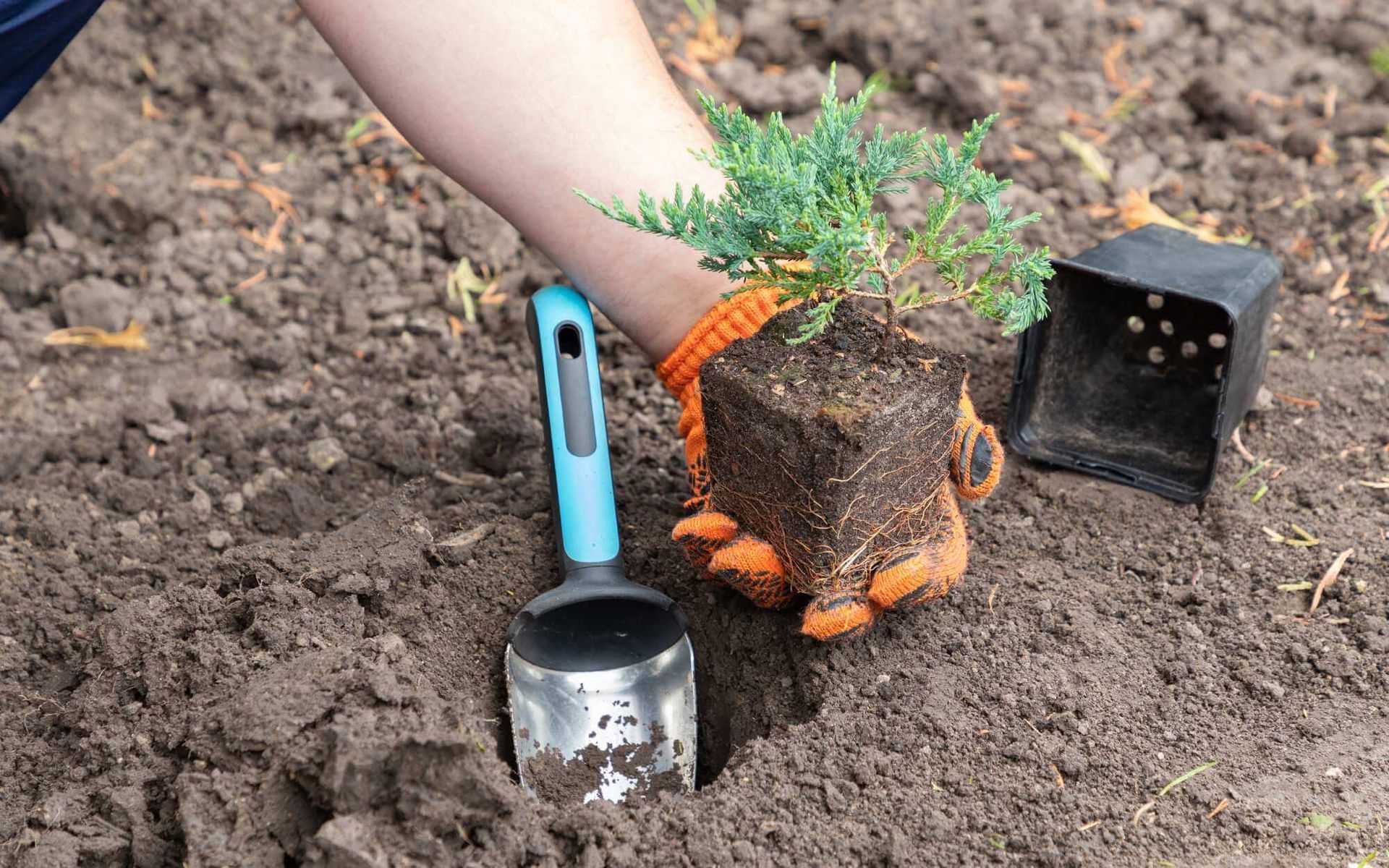A Healthy Start: Pruning Young Trees for Strong Structure
PUBLISHED ON
SHARE THIS ARTICLE
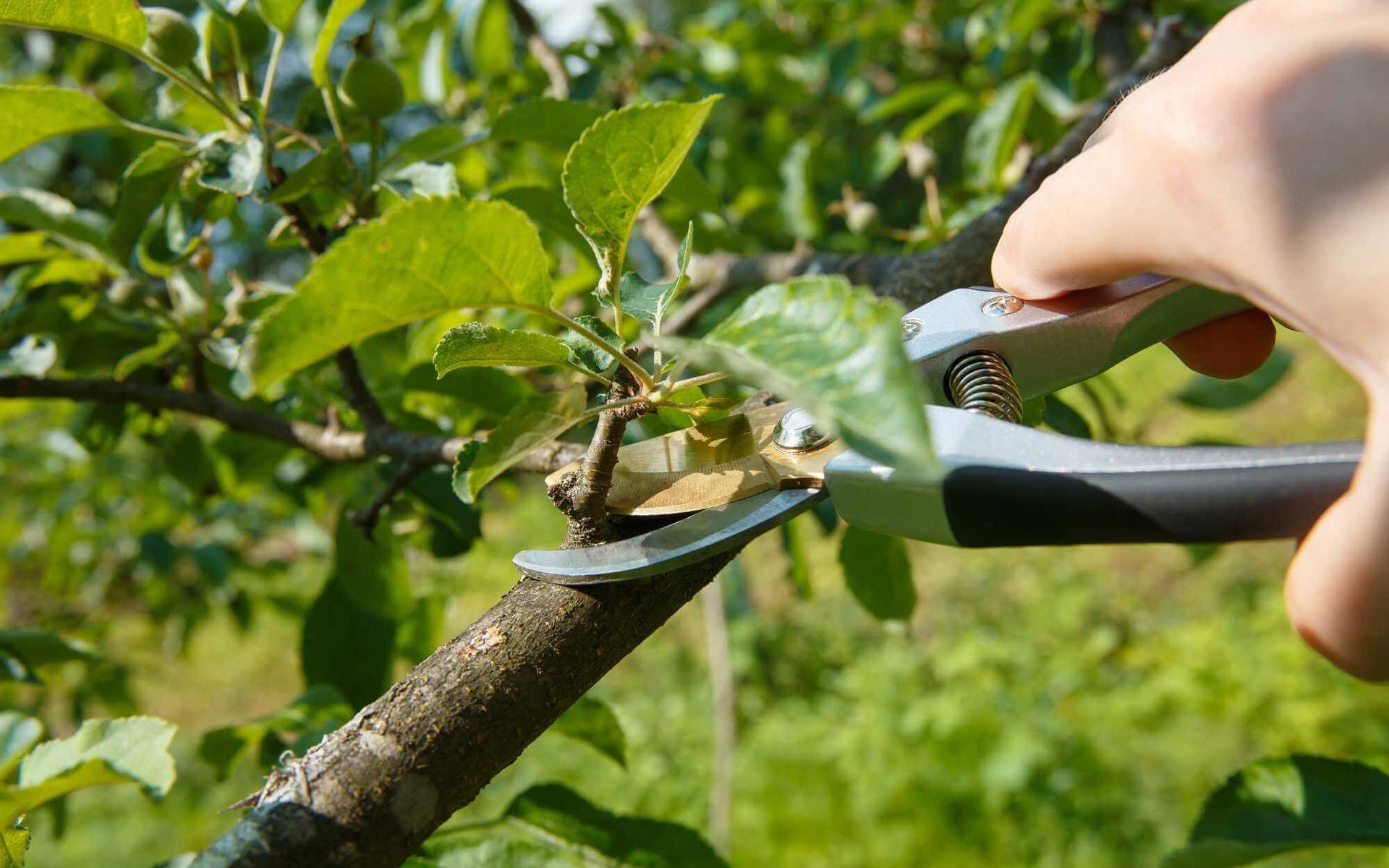
Have you recently planted a young tree or are considering planting one soon? Have you heard that pruning is important for its future health, but don’t know where to start?
Pruning newly planted trees — be it fruit trees, ornamental trees, forest trees, or shade trees — offers numerous benefits and can help create strong structure and shape from the very beginning.
Get ahead of the game by taking advantage of your tree's rapid growth now — read on to learn more about why and how to prune and shape young trees in Florida!
The importance of pruning young trees for a strong structure
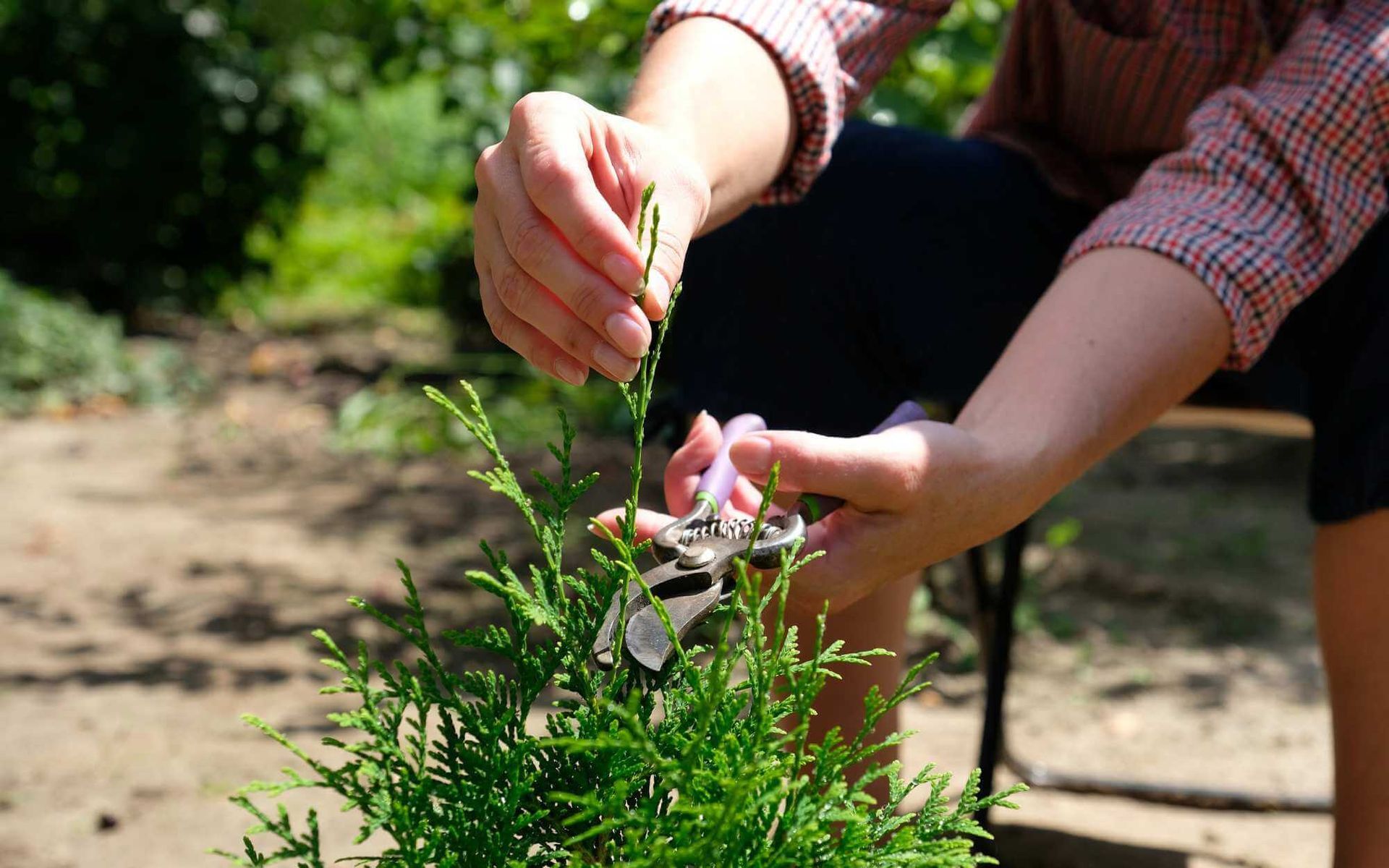
Did you know that early pruning of young trees could help them develop a stronger structure and, in turn, increase their lifespan?
It's true! By removing weak or crossing tree branches early on and performing structural pruning, young trees will grow in a way that supports a healthy crown and sturdy trunk. Plus, pruning at a young age can prevent the need for major pruning later in the tree's life, which could potentially cause stress or even cause the tree to become unstable.
So, if you have young trees on your property, consider giving them a little TLC by utilizing young tree proper pruning techniques. Your efforts now could pay off in the long run with healthy, thriving mature trees for years to come.
The fundamentals and practice of tree pruning
When it comes to tree care, pruning is one of the most important practices you can implement. It involves removing specific branches from a tree to improve its overall health and appearance. But it's not just about cutting off branches willy-nilly.
Understanding the fundamentals of tree pruning is essential to ensure you're doing it correctly. This includes knowing the different pruning methods, identifying which branches to remove, and when to do it.
By implementing these practices, you not only improve the tree's aesthetics but also promote its growth and longevity.
How to properly assess and prepare a young tree for pruning
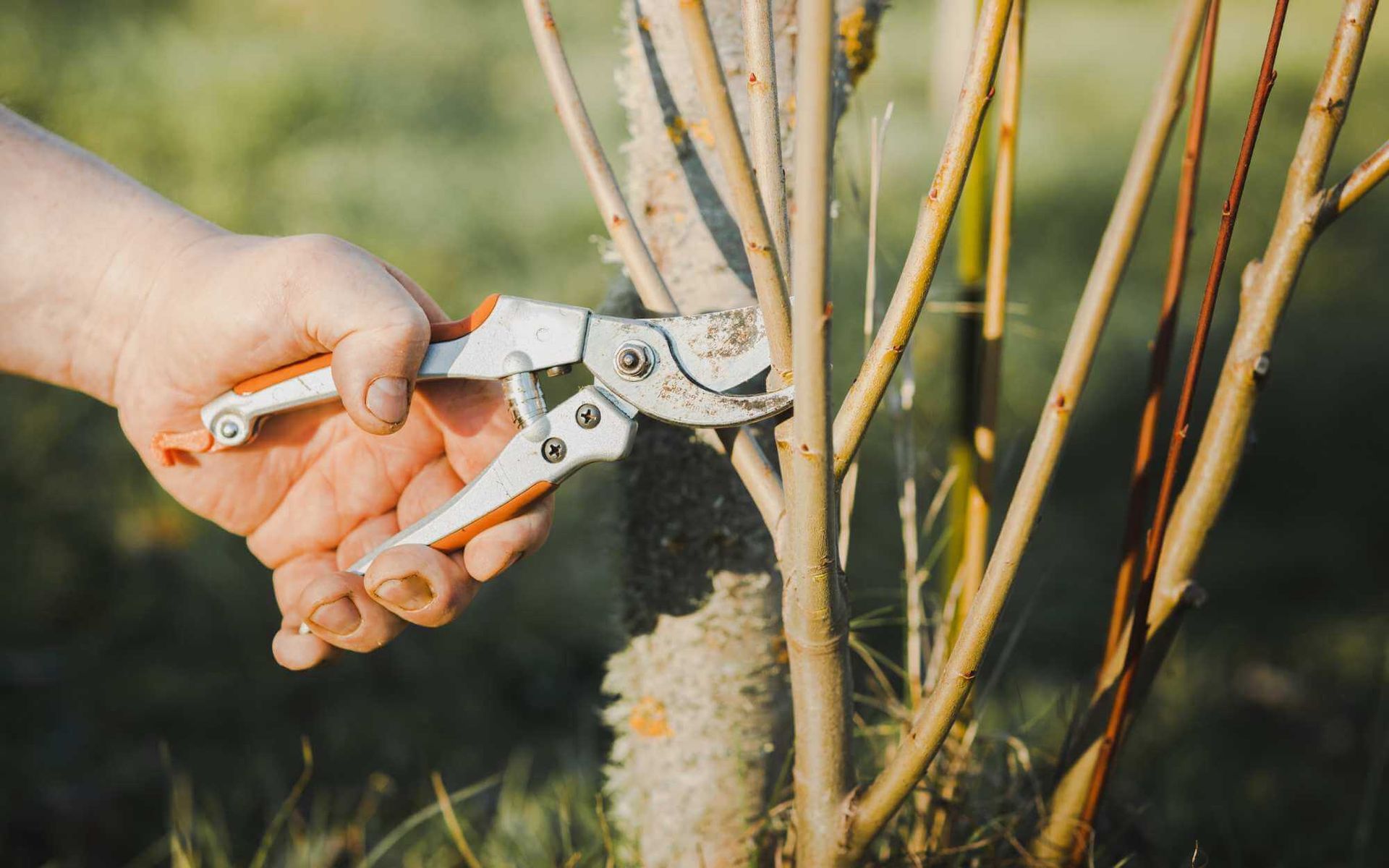
As a tree grows, pruning becomes an important task to ensure its health and longevity. But how do you know when and how to prune young trees?
Before beginning, assess the tree's structure and identify any branches that may be rubbing against each other or growing in the wrong direction.
The goal is to have a single dominant leader branch and strong evenly spaced lateral branches. Once you have determined what to remove, make clean cuts just outside of the branch collar, which is the swollen area where the branches meet the tree trunks. Avoid leaving stubs or cutting into the collar as this can cause damage and slow healing.
It's also important to consider the time of year when pruning – late winter or early spring is ideal for young trees.
Take these steps and you can ensure that your young tree is properly pruned and set up for years of healthy growth.
The right tools for the job - shears, saws, and more
From pruning shears to specialized saws, having the proper tools on hand can make all the difference in your work. Not only do they ensure that you get the job done quickly and efficiently, but they also help you produce high-quality results that you can be proud of.
So, before you dive into any project, take a moment to consider the tools you'll need. Think about the specific task at hand, as well as the materials you'll be working with, and choose tools that are designed to meet those needs.
By doing so, you'll be setting yourself up for success and ensuring that your finished product is something you can be truly proud of.
How to identify which branches need to be pruned away
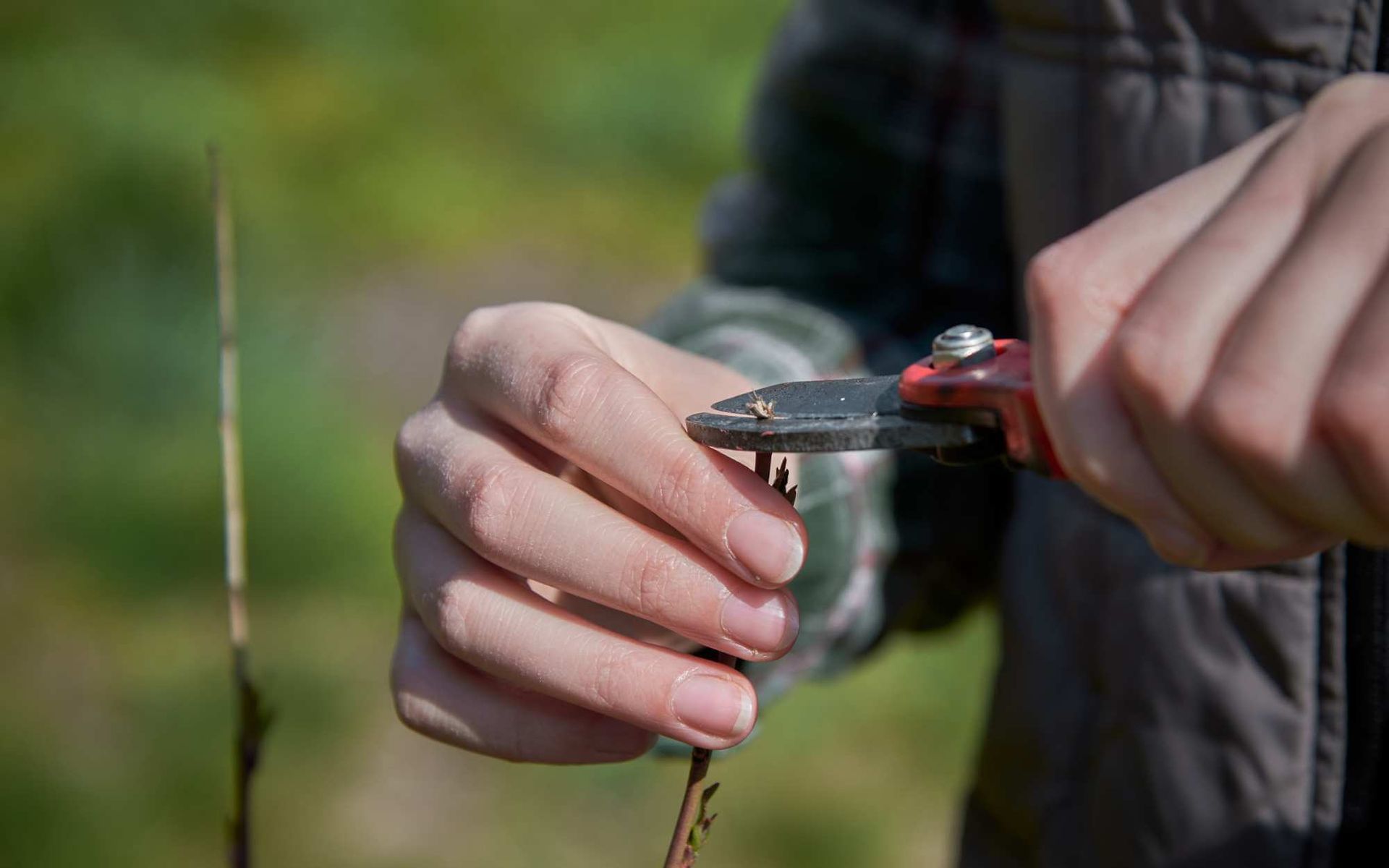
When it comes to pruning trees, identifying the branches that need to be removed can be a bit of a challenge. You don't want to damage the tree or hinder its growth, but you also don't want any potentially dangerous branches to be left hanging. So, how do you know which ones to prune away?
The first step is to look for any diseased or dead branches, as these can pose a threat to the tree's overall health. You'll also want to identify any competing branches that are rubbing against one another or crossing, as these can cause damage and create wounds that make the tree more susceptible to disease.
Once you've pinpointed the branches that need to go, it's important to prune them back properly to ensure the tree stays healthy and beautiful.
How to properly care for your tree after it has been pruned
Caring for your tree after it has been pruned is just as important as the pruning itself.
Once the pruning job is done, your tree needs some recovery time to heal. The key here is to make sure you're taking proper care of your tree during this time so that it can recover and grow healthily.
One way to do this is to regularly inspect your tree for signs of any infections or diseases that could harm it. Be sure to water your tree thoroughly and apply a layer of mulch around the base to help retain moisture. And don't forget about fertilization - giving your tree a boost of nutrients can help it recover more quickly.
Remember, a happy and healthy tree will not only improve the look of your garden but also provide a range of benefits for the environment.
Begin nurturing future giants now!
Training young trees and pruning them now can be very beneficial for their growth later on. Ensuring your tree’s foundation is strong will also ensure that it stays healthy and provides years of beauty. By following these simple steps, identifying and pruning away the right elements, you can create a balanced structure in no time.
For more detailed information on pruning young trees in Florida, be sure to reach out to our ISA-certified arborist. We can provide expert advice and guidance tailored to the specific needs of your tree that can bring beauty to your landscape for years to come.
Want a free quote or some friendly advice? Call our team today:
